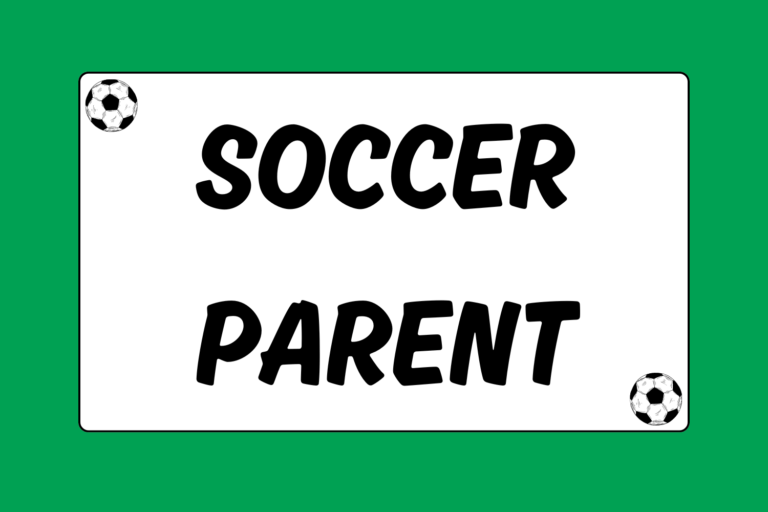Soccer is a fast-paced, physical sport in which contact is common. Compared to most other team sports, the likelihood of getting severely injured in soccer is relatively low. Still, the chance that a soccer player will suffer from a mild-to-moderate injury is fairly high, especially over the course of a season or multiple seasons.
Injuries can happen at any level of soccer; however, certain measures can be taken to keep the frequency of such injuries to a minimum. Here are a few helpful strategies that can greatly reduce the likelihood that injury will occur.
Common Soccer Injuries
Recognizing the most common soccer injuries makes it easier to prevent them. Because of the nature of the game, injuries to the ankle, knee, and leg muscles are by far the most frequent types. Here are some of the most common types of soccer injuries:
- Ankle sprains
- Knee sprains
- Calf strains
- Concussions
- Knee/Achilles tendonitis
- Foot fractures
- Meniscus strains and tears
- Knee ligament tears
Knee Injuries
For soccer players, knee injuries are particularly devastating, both because they are among the most common type of injury and because they take so long to completely heal. Knee injuries can occur in a variety of situations, usually in high-traffic areas where quick twists and turns occur.
Unfortunately, there’s no surefire way to avoid knee injuries, but a few helpful strategies can limit their likelihood:
- Perform agility/quickness drills: Players must get used to making quick, athletic cuts that keep momentum under control. Agility/quickness drills make these movements routine, and helps players’ bodies become accustomed to making them.
- Create a strength-training routine: Developing the quadriceps, hamstrings, and calves whill help absorb the trauma of quick cuts. Strength training during the season should be limited to once or twice a week to supplement the remainder of a soccer workout program.
- Practice the ready position: It’s essential for young players to be comfortable with slightly bent knees, a lower center of gravity and feet spread to shoulder-width. This position activates leg muscles to absorb the sudden movements that are natural on the soccer field.
- Stretch properly: It’s very important for soccer players to activate large muscle groups in advance of the physical demands of the game. A stretching routine before and after practice reduces the risk of knee damage by making sure leg muscles are ready to fire.
Making such efforts part of a player’s routine will go a long way to preventing a severe knee injury.
Ankle Injuries
The physical demands of the game make ankle injuries difficult to avoid. Minor ankle sprains are especially common; ankle injuries are more likely in youth and amateur players than their professional counterparts for a few reasons:
- The ligaments and muscle tissue surrounding the ankle is still developing (for youth players).
- They more often play on sub-standard field conditions.
- They are often less familiar with safe tackling technique.
The most important aspect of dealing with an ankle injury is that it must be immediately addressed to prevent exacerbating it. Players should be educated on the importance of seeking help and following advice when such injuries occur.
Mental Edge
Be aware of the field conditions, especially areas that are in particularly poor shape. Running in ruts, divots, and puddles can very easily lead to a leg injury.
Head & Neck Injuries
Trauma to the head, neck, or face can occur from inadvertent elbows, sudden collisions, or dives to the ground. They can happen at any time to anyone of the field, and are difficult to avoid. This is especially true for goalkeepers, who are prone to contact when the ball is in the 18-yard box. The best way to keep such injuries from happening is to be aware of other players on the field.
Also, both players and coaches must be familiar with concussion symptoms. Any indication that a player may have been concussed should result in that player being immediately removed from the game and given the standard battery of concussion-symptom tests. With any head and neck injury, it’s best to err on the side of caution.
Proper Training & Stretching
Muscle tissue injuries frequently occur late in games when fatigue sets in, and the best way to prevent such injuries is to build strong muscles. For this reason, it’s important to develop and follow a year-round training program that targets soccer-specific muscle groups: The legs, lower back, abdominals and hips. This program should feature a combination of cardio and strength training, which will improve speed, power, and endurance levels.
Proper stretching habits — both before and after a game or practice — increase flexibility and muscle capacity. Brief, static stretching gets the blood moving and prepares muscles to make quick, sudden movements. Making this a habit will greatly reduce the risk of injury to muscles and joints.
Overuse Injuries
Failing to get enough rest between games and practices can also lead to injures, such as tendonitis and shin splints. Stress fractures can also occur when bones are weakened over time through excessive activity. These injuries typically begin as minor aches or pains that are aggravated over time.
Many players attempt to “play through the pain” with these types of injuries. But chronic injury that results from overuse is far more damaging than taking a few days away from soccer activity. To avoid turning a minor injury into a major one, players should be instructed to seek medical help when these aches and pains don’t go away after a few days rest.
Hot Tip: The Value of Rest
Rest helps your muscles recover from the extreme effort of playing soccer. Muscles that have regenerated are less likely to suffer an injury.
Fitness Testing
Players at all levels should be subject to annual pre- and post-season physical screenings by a doctor or athletic trainer. These screenings will ensure proper training and nutritional habits, and yield specific recommendations on how to avoid injuries that should be incorporated into a workout program.
Fitness testing during the season can also help coaches adjust their training strategies to prevent overwork and fatigue. When coaches assess their players’ fitness levels, they help the players stay healthy and help the team win.
Everyone’s Responsible
Minor soccer injuries are part of the game. However, players who follow the steps in this guide are far more likely to avoid serious injury or miss long stretches of the season. It’s a fact that when players, coaches, trainers and parents all contribute to player safety, injuries are easier to prevent.





